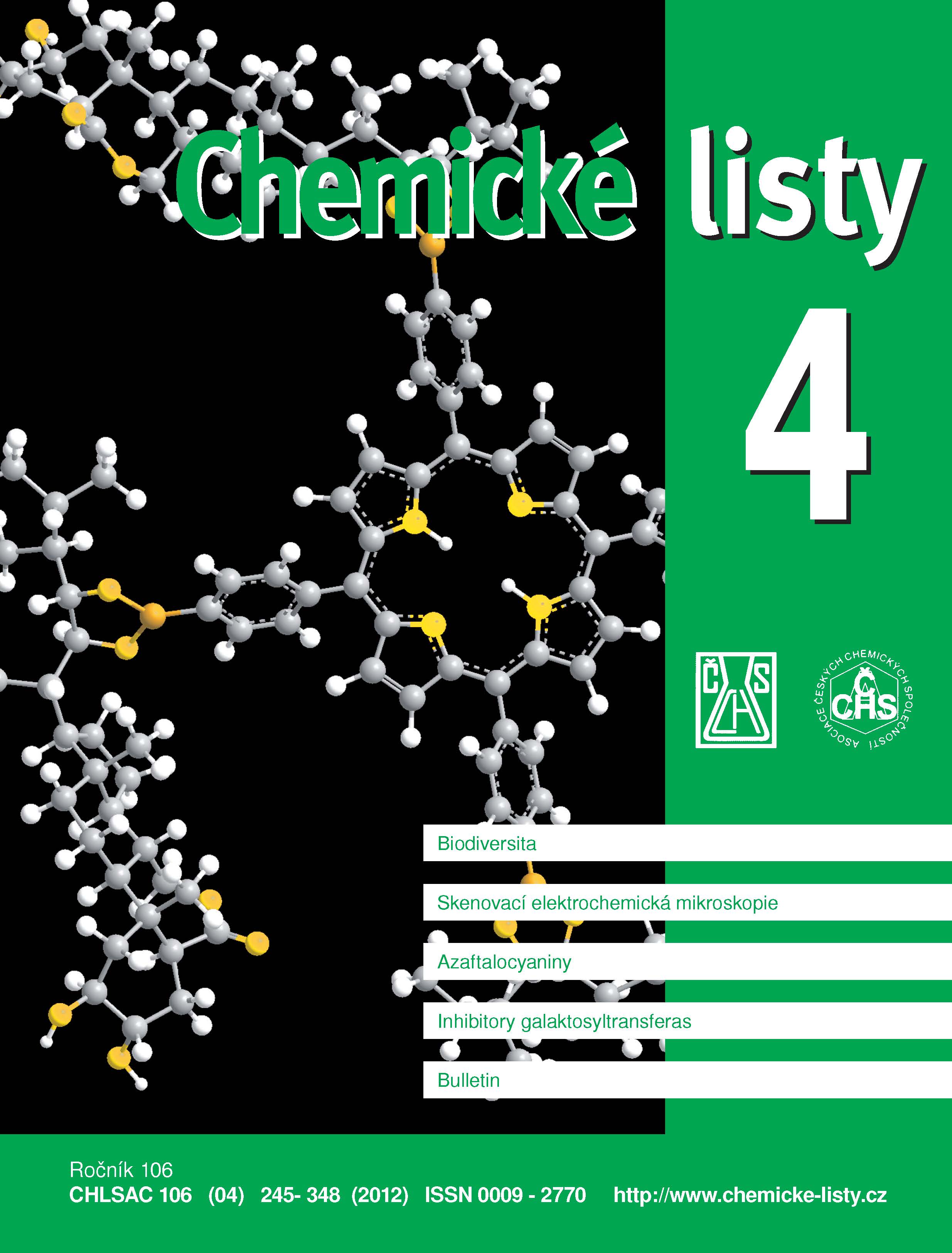Conversion of Hydrogen Sulfide and Sulfur Dioxide to Polymeric Sulfur
Keywords:
sulphane, sulphur dioxide, cyclooctameric sulphur, polymeric sulphur, copolymeric sulphur, acidity of the aqueous-alkaline environment, curing agentsAbstract
The article deals with the conversion of hydrogen sulfide and sulfur dioxide to polymeric sulfur H2S is oxidized with SO2 at a mole ratio of 2:1 in aqueous-alcoholic H2SO4 or HCl in the presence of ethylene glycols (up to poly(ethylene glycol) or glycerol) at 6–90 °C. The total yield of S is ca. 99.7 %. The product contains 70–80 wt.% of polymeric S in a mixture with S cyclooctamer. At 20–40 °C, the content of polymeric S is 70.4–70.9 % and its thermal stability is 52–75 %. Smaller amounts of polymeric S formed when ethylene glycol or higher alcohols are used. The use of glycerol leads to a higher thermal stability of polymeric S.





